The difference between telecentric lens and fixed focal length FA lens
Industrial imaging applications are empowering manufacturing to automate key functions such as dimensional measurement, defect detection, robotic arm guidance, and image code recognition. The diversity of industrial imaging applications has led to the expansion of lens production, and there are thousands of lens models on the market today. POMEAS can provide various types of zoom lenses, 4K lenses, telecentric lenses, fixed focus industrial lenses, zoom industrial lenses, etc. to meet the growing demand for industrial imaging.
Each lens has different characteristics and different application scenarios. This article introduces the difference between telecentric lenses and fixed-focus FA lenses, which is helpful for choosing the best matching lens.
The difference between telecentric lens and fixed focus FA lens:
For the fixed-focus FA lens, the closer the target object is to the lens, the larger the image will be. The field of view of the fixed-focus lens will increase with the distance, and there will be problems such as large lens distortion and low resolution of the lens. The fixed-focus FA lens is more suitable for detecting the scene where the working distance is fixed and the detection area is the same plane.
When using a telecentric lens, at a specific working distance, the same magnification will be obtained after refocusing, because the large field of view of the telecentric lens is directly related to the proximity of the lens aperture. The bigger the scene is. The telecentric lens can provide superior image quality with less distortion than traditional fixed focal length lenses. This optical design makes the image plane more symmetrical and can be precisely measured with software.
Telecentric lenses are better suited for metrology or other applications where the workpiece or feature size needs to remain constant in the imaging plane regardless of working distance changes, e.g. Image measurements on flat and non-planar surfaces at working distance.
Compared with fixed-focus FA lenses, telecentric lenses usually have smaller system alignment errors, so telecentric lenses also have advantages in single-surface applications that require dimensional measurement accuracy.
TECHNICAL SOLUTION
MORE+You may also be interested in the following information
FREE CONSULTING SERVICE
Let’s help you to find the right solution for your project!



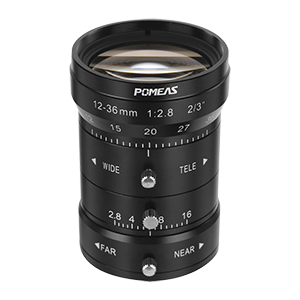
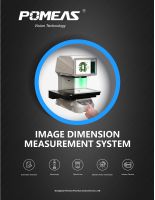

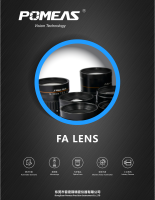
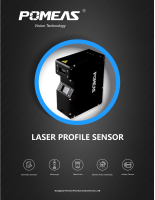
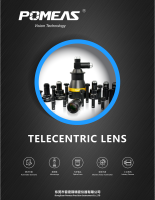
 ASK POMEAS
ASK POMEAS  PRICE INQUIRY
PRICE INQUIRY  REQUEST DEMO/TEST
REQUEST DEMO/TEST  FREE TRIAL UNIT
FREE TRIAL UNIT  ACCURATE SELECTION
ACCURATE SELECTION  ADDRESS
ADDRESS Tel:+ 86-0769-2266 0867
Tel:+ 86-0769-2266 0867 Fax:+ 86-0769-2266 0867
Fax:+ 86-0769-2266 0867 E-mail:marketing@pomeas.com
E-mail:marketing@pomeas.com
